ASIA'S FUTURE CITIES: Can Bangkok’s ‘green lungs’ survive?
Bang Kachao in Greater Bangkok is known as the capital’s “green lungs”. But as Bangkok continues to grow, urbanisation is putting pressure on its breathing space.
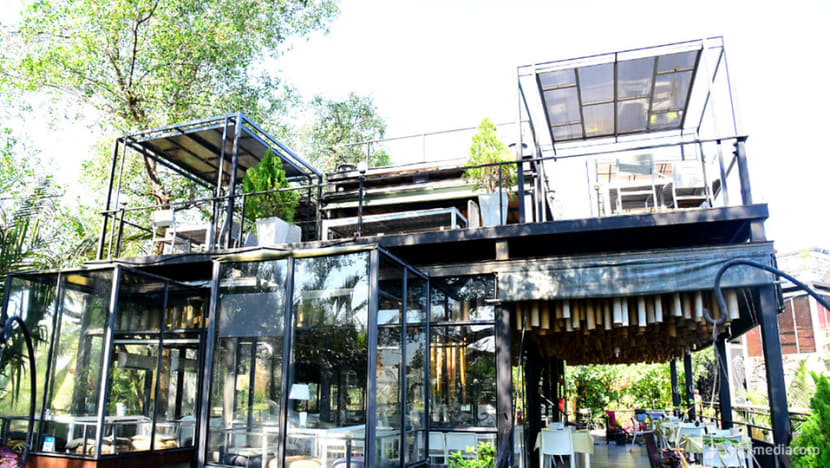
Bangkok Tree House is a small resort in Bang Kachao, a conservation area and tranquil refuge for people who want to escape the noise and heat of Bangkok. (Photo: Pichayada Promchertchoo)
BANGKOK: Like all busy, crowded 21st-century metropolises, Bangkok needs space to breathe.
For the Thai capital, its main green lung is Bang Kachao, a 20 sq km piece of conservation land with rich biodiversity and lush vegetation. Satellite images show it to be an emerald patch that stands out from the grey vastness of Bangkok’s massive urban sprawl.
Dubbed the Best Urban Oasis of Asia by Time Magazine in 2006, Bang Kachao’s massive park, lush wetland thickets and sprawling orchards paint a stark contrast to Bangkok's concrete jungle and factories. And it is not just a pleasant place to while away a few hours - it plays a role in fighting back against the pollution that threatens to engulf Bangkok. Every year, Bang Kachao is said to absorb about 6,000 tonnes of carbon dioxide and every day, it produces six million tonnes of oxygen.
But this oasis could be doomed. As Bangkok continues to grow, its green lungs come under pressure. Every day, Bang Kachao is further hit by construction across its six sub-districts. More and more people are buying its land to build houses and development projects, most of them wealthy residents of Bangkok, where lush green spaces have become a rarity.
“Here, several houses are built every day. So imagine how many new houses we’ll have in a year. Soon enough, our green spaces will run out,” said Narong Duangdee, chief executive of the Bang Kachao Sub-District Administration Organisation.
IT HURTS TO BE GREEN
Over the past 40 years, residents on the banks of the Chao Phraya where Bang Kachao is located have witnessed a major difference in the way the area has developed compared with the rest of Bangkok. While most parts of the city have seen steady, relentless development, Bang Kachao has escaped the worst ravages of urbanisation.
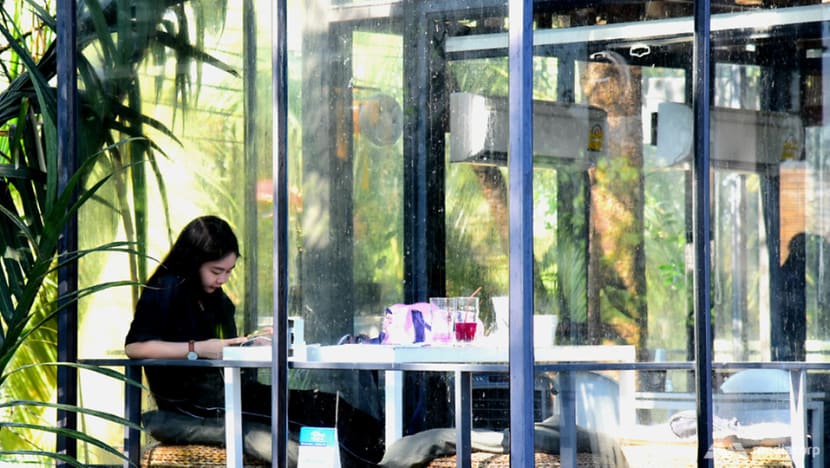
In 1977, it was declared a conservation area and since then, various ministerial regulations have been introduced to preserve its green spaces. Buildings cannot rise above 12 metres or exceed 25 per cent of the plot’s size and commercial activities are strictly controlled.
Often, questions have been raised about the preservation effort and whether it helps or hurts the local communities. “Locals feel trapped. They think Bang Kachao is a cursed land because they can’t develop anything,” said Dr Saranarat Oy Kanjanavanit from Green World Foundation, a non-profit organisation advocating environmental ethics in Thailand.
“In fact, Bang Kachao should be developed but in a way that doesn't harm the local environment. Its residents should be compensated for taking care of the green spaces and not left in discomfort. They give Bangkok oxygen, but what does Bangkok give them in return?”

Currently, the biggest contribution that the rest of Bangkok makes to Bang Kachao is an influx of visitors at weekends. Thousands of people cross the Chao Phraya River to visit the urban oasis, riding bicycles through its green pockets, touring its famous Bang Namphueng floating market and relaxing in resorts or guesthouses. Then they go home, leaving behind piles of rubbish.
Littering is a growing problem for the local communities. Waterways are murky and full of plastic bottles and foam containers, which come from visitors, commercial ships and from the opposite banks of the river.
“People are just careless. Moreover, we don’t have enough rubbish bins here,” said a local resident as he fished out plastic bottles from along the riverbank.
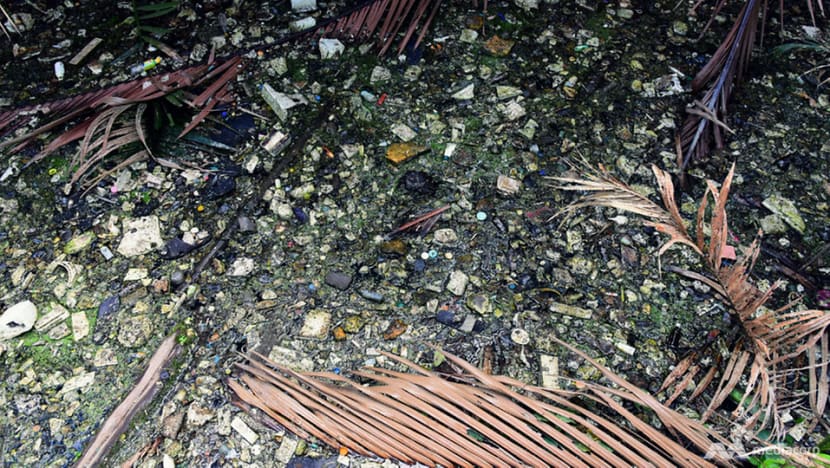
Bang Kachao is also facing natural pressures in the form of rising sea levels. Its agricultural areas are increasingly damaged by salt water and insects. Villagers’ orchards are destroyed, produce shrinks and incomes dwindle. But there is no help.
“The Bangkok Metropolitan Administration should allocate some money to help us take care of this place. Bang Kachao may not officially be part of Bangkok but if it's neglected, it won’t remain the green lungs of Bangkok for long,” Narong said.
THREATS FROM DEVELOPMENT
With limits on how they can develop their land and doubts about whether visitors are benefiting the area, residents of Bang Kachao are exploring new options. The easiest is to sell their land to those who can afford it and who may be able to circumvent planning limitations.
Over the past few years, demand for land in Bang Kachao has soared - and so have prices. A 1,600 sq m plot of land now starts from about US$200,000, up from US$57,000 six years ago.

“Many people have sold their land to Bangkokians and foreigners who want to build houses here,” said local resident Kaneungnij Chuenbooppha. For people like her, the temptation to sell may be too great to resist when faced with the reality of a declining income from agriculture.
As more people take the money and run, Bang Kachao’s green spaces are being replaced by concrete despite the restrictions on land development.
“Many landowners ignore the regulations, especially those from Bangkok with connections to powerful people. They argue it’s their right to develop what they own,” Narong said.
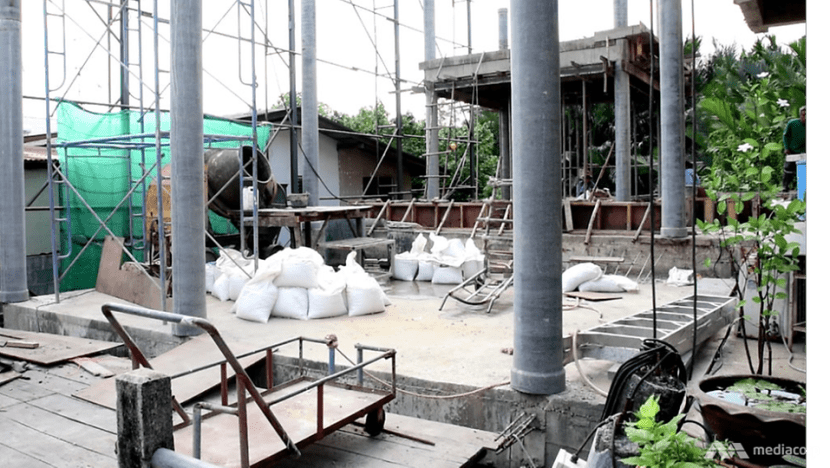
As developments have gained pace, so buildings have emerged which, in theory, go against the current regulations. For instance, resorts and hotels are forbidden, Narong said. And that leaves some to wonder how a riverside resort called Bangkok Tree House emerged.
The 11-room property is known for being environmentally-friendly, with bamboo structures and solar-powered lights.
“We try to respect the regulations but there are many little details to look at,” its general manager Tanaporn Wittayasiripaiboon said. “These regulations are quite strict so there has been less interest in opening resorts here.”
SHARE "THE WEALTH"
For Bang Kachao to survive, it seems that a balance needs to be struck between protecting the environment and allowing some development.
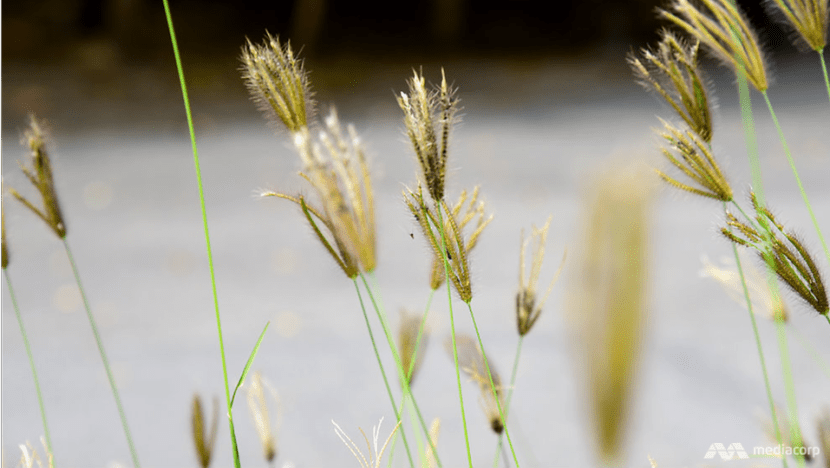
According to Dr Saranarat, a masterplan is needed to study and manage the local hydrology in order to prevent damage from rising sea levels, and so is a sustainable mechanism that can balance people’s livelihoods and Bang Kachao’s environment.
At the same time, environmental protection needs to be balanced with creating economic opportunities for the local residents.
“They have to have something such as sustainable development of solar energy, tax relief programmes and free electricity and water supply, for instance,” she said.
“Comfort can come in different forms and doesn’t have to destroy nature. We can’t just tell them to preserve the environment and leave them on their own.”
Follow Pichayada Promchertchoo on Twitter @PichayadaCNA














